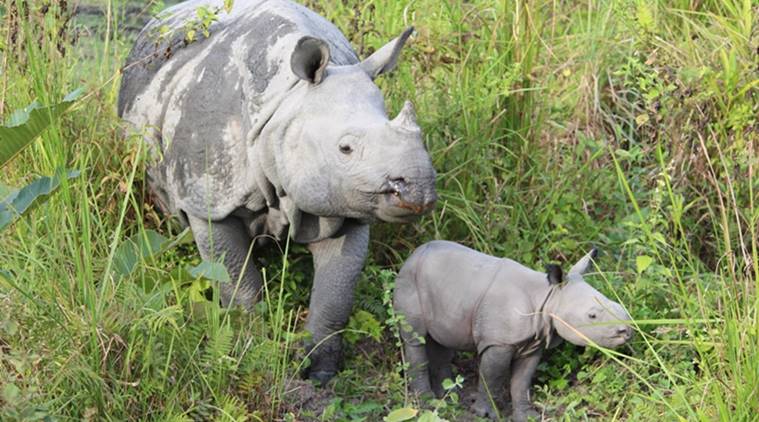Stay updated with the latest - Click here to follow us on Instagram
After international criticism, China restores ban on trade in tiger, rhino products
On October 29, China released new rules to allow trade of rhino horns and tiger parts watering down a ban that was issued 25 years ago as part of global efforts to halt declining wild population.
 Rhino horn and tiger bone have continued to be used for medicinal purposes even though there is hardly any proof of their effectiveness. (IFAW-WTI/Representational image)
Rhino horn and tiger bone have continued to be used for medicinal purposes even though there is hardly any proof of their effectiveness. (IFAW-WTI/Representational image)
After drawing flak, both locally and globally, for legalising the use of tiger and rhinoceros parts for medicinal purposes, China has now decided to take back the controversial order, which the activists thought would offset the efforts to halt extinction of the enangered species.
According to AP, a senior official, Ding Xuedong, in an interview to a state media said, bans on the import, export and sale of tigers, rhinos and their products will temporarily remain in place.
“Relevant departments of the Chinese government will soon continue to organise special crackdown campaigns with focus on addressing the illegal trade of rhinos, tigers and their byproducts. Illegal acts will be dealt with severely,” Ding has been quoted as saying.
Read | China reverses ban on trade in products made from endangered tigers, rhinos
He added that the previous circular issued by the State Council allowing the use of rhino and tiger parts by certified Traditional Chinese Medicine practitioners “has been postponed after study.”
Tiger bone and rhino horn have continued to be used for medicinal purposes even though there is hardly any proof of their effectiveness. Instead, this has resulted in a gradual decrease in animal stocks. China too has for long tolerated the trade of the animal parts although it had banned the sale 25 years ago as part of global efforts to halt declining wild population.
On October 29, China released new rules to allow trade of rhino horns and tiger parts watering down the ban. No reason was given for lifting the ban which was implemented in 1993. It declared that it will allow the trading under “special circumstances,” such as medical and scientific research, educational use and for “cultural exchanges”.
The reversal of the ban, however, did not go down well with the animal activists. The World Wildlife Fund said it would have “devastating consequences globally” by allowing poachers and smugglers to hide behind legalised trade.
The Environmental Impact Assessment (EIA) called the reversal of the ban a “brazen and regressive move which drastically undermines international efforts for tiger and rhino conservation.”
Photos




- 01
- 02
- 03
- 04
- 05



























